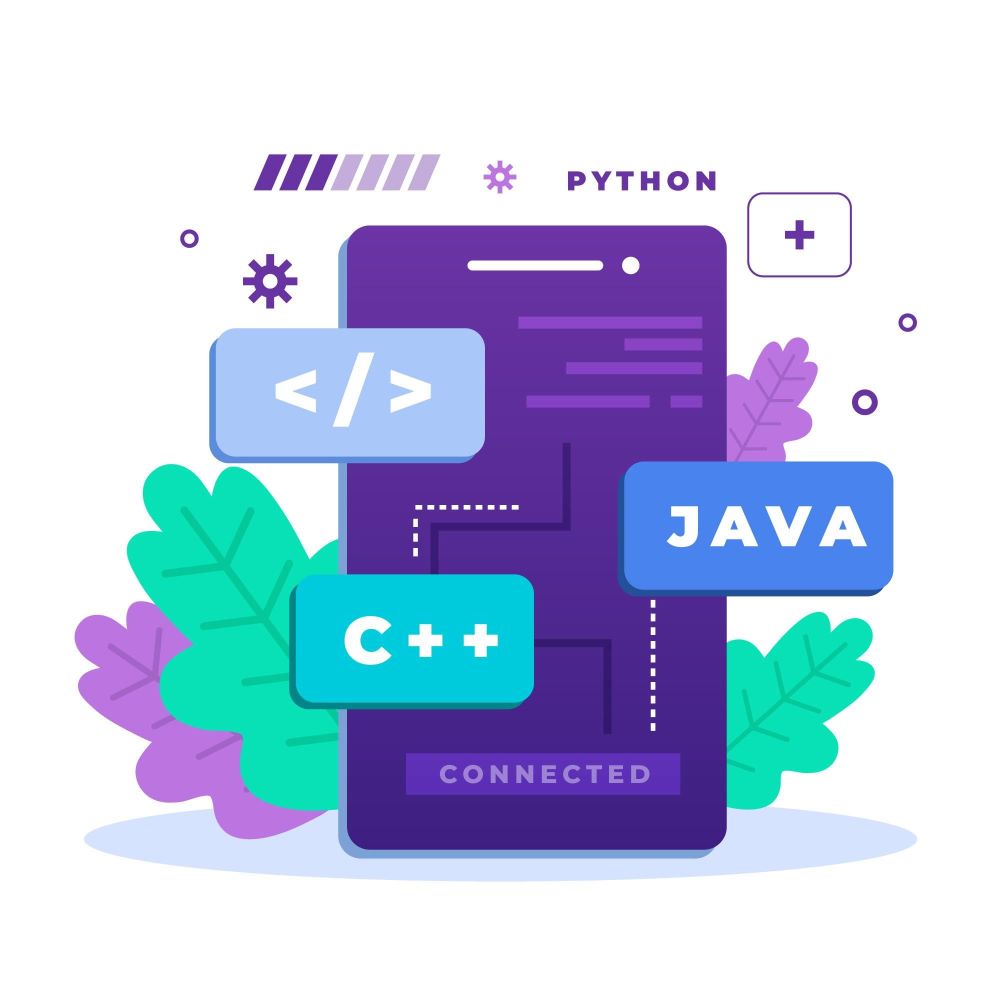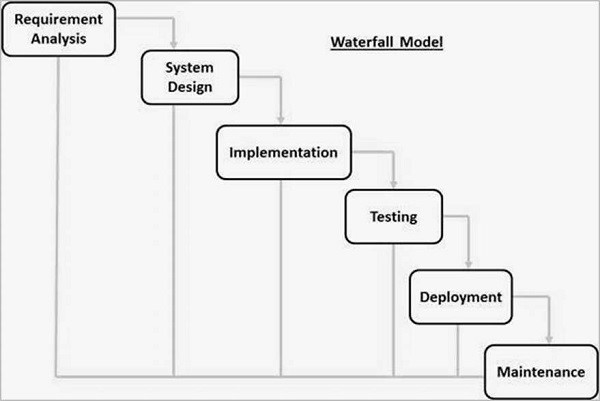We live in a world that is becoming increasingly connected. Enterprises and their customers do not operate in siloes anymore; there is constant interaction between the two. In this day and age, enterprises seek to use their treasure troves of big data to improve their business performance.
They do this by building modern enterprise applications suited to their specific needs. Such enterprise applications help the company unlock the value of data gathered in real-time.
So, what is modern enterprise application development, and how does it differ from the traditional approach to developing enterprise web presence? And most importantly, what features do modern enterprise applications have?
Let’s answer each of these questions in turn.
What is Enterprise Application Development?
It is the process of making web and mobile software applications for large enterprises. These apps are tailor-made to suit the requirements of the business. That is not to say that SMBs do not develop applications for themselves; they do.
Companies build apps for themselves for multiple reasons. At the core of these reasons lie convenience and business performance. Enterprise applications are made to address common pain points and allow app users to complete their tasks timely and efficient.

Irrespective of the function of the application – be it an educational platform or a customer service solution – its development process is crucial. It determines the app’s success and how many people adopt it.
But what are the differences between mobile application development frameworks a decade or two ago and today?
Traditional Enterprise Application Development vis-a-vis Modern Enterprise Application Development
Traditional Approach
Historically, companies built applications using the rigid Waterfall model. This model entails breaking down activities into linear sequential phases. Each phase depends upon the previous phase’s completion, thus ensuring no overlaps between different phases.
Here is a graphic illustration of how the Waterfall model works.

Pros
The Waterfall model was the first Software Development Life Cycle (SDLC) approach employed by app developers. It has advantages, to be sure. For instance, it is easy to understand and implement. Its clearly defined steps and phases made it ideal for small businesses.
Cons
The major disadvantage of the Waterfall Model is that it does not provide room for revisions and changes. If you fail to incorporate a feature during the concept stage of development, it becomes nearly impossible to do so at a later stage.
Moreover, due to its rigidity, the model does not allow you to identify and rectify issues at an early stage. Thus, it makes for a poor application development approach today.
Other than the Waterfall approach, traditional app development focused on using in-house resources and on-premises strategies like .Net and Java. This created siloes and limited collaboration and iteration between developers. It also made the entire exercise very expensive and time-consuming.
Modern Approach
Concerns about scalability and agility drive modern enterprise application development. Scalability refers to how well a system or application can handle increasing workloads by adding new resources. Agility is a subset of scalability and refers to how quickly an application can respond and adapt to changes during the development process.
Given how rapidly business needs are evolving today, scalability has become the prerequisite for having a robust enterprise application. Modern enterprise applications cannot cope with the changing business environment without scalability and agility.
However, scalability is only one of the major factors constituting the modern app development approach. Here is a brief list of other factors and aspects of the modern app development approach:
- Cloud-Based App Development – It is by far the most critical aspect of modern app development. Cloud technologies have upended the traditional on-premises approach to building applications. Cloud platforms offer incredible app development features at economical prices. Microsoft Azure, Amazon Web Services (AWS), and Google Cloud Services are some of the leading cloud application development platforms.

- Staff Augmentation – It refers to hiring talent that works remotely – and usually temporarily – for the company. Staff augmentation can help fill gaps in your workforce and support the app development process.

- Mobile Uptake – The shift to mobile phones from desktops is proceeding at a lightning pace. This is an important consideration when developing enterprise apps today. Most customers, and even employees, use mobile phones instead of desktops. Thus, modern app development includes making apps that are suitable for use on both kinds of devices.

Let’s turn our attention now to the features of modern enterprise applications.
Features of Modern Enterprise Applications
- Cloud-based – As mentioned earlier, cloud technologies are critical to modern app development, deployment, and maintenance. The benefits of cloud computing are just too good to be ignored. It offers rapid app development and removes the need for hardware infrastructure. Most modern enterprise applications today are cloud-based.
- Automation – Automation is a crucial component of modern enterprise applications. It improves workflows by automating repetitive tasks, thus saving time and money. It also makes work processes a lot more efficient.
- AI and Machine Learning – The use of top AI trends and machine learning has almost become part and parcel of modern enterprise applications. Businesses worldwide are eager to leverage these technologies’ cost and efficiency benefits. AI is also used to automate processes, scale the app, and provide predictive data-driven insights.
- Data management – Besides featuring intelligent automation and predictive analytics, an enterprise app should promote an effective data management strategy. Harnessing the power of data is crucial to achieving business success in the 21st century. The ability to easily leverage vast volumes of data makes today’s enterprise applications modern. Traditional apps did not allow the same leverage to utilize datasets.
- Data security – Another key feature of modern enterprise apps is the security of data. The modern approach to app development keeps app and data security in mind from the beginning. It is not an afterthought; instead, it is considered a priority component of modern enterprise applications.
- Real-time updates – One feature that most businesses would like their apps to have is access to updates in real-time. This saves the company precious resources and helps identify and rectify issues timely.
- User-friendly – A hallmark of modern apps is their user-friendly nature. Companies wish to deploy digital solutions that make it easy for their customers to buy and workers to work. Hence, all modern enterprise apps are geared toward maximizing user experience and satisfaction. Technologies like AI and machine learning play a pivotal role in making this possible.
- Easy to integrate – Modern enterprise apps are built in a manner that minimizes their disruptive potential. These apps can then easily get integrated with your existing systems and platforms. It is imperative to have flexible APIs to ensure easy integration with other systems and business processes.
A Word on Application Modernization
Businesses invest a lot of time, money, and effort in creating their enterprise applications. In time these applications, also called legacy apps, need modernizing to meet changing business needs.
A legacy enterprise application is modernized to incorporate new features, functionalities, frameworks, languages, and more. It is similar to refurbishing your existing car with new capabilities instead of buying a new car.
The modernization process increases the legacy app’s lifespan and makes it scalable and agile. Tada! You have a modern enterprise application.
If you need further information on modern enterprise application development, please reach out to us at [email protected]

